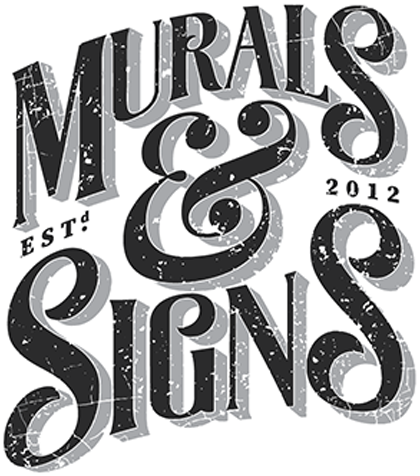In the digital age, where online marketing often takes center stage, the importance of physical signage for businesses should not be underestimated. A well-designed and strategically placed sign can capture the attention of potential customers, convey essential information, and create a lasting impression. However, not all signs are created equal, and different types of businesses require unique sign layouts to effectively reach their target audience. In this article, we’ll delve into the art of optimizing sign layouts for various types of businesses.
Understanding the Signage Landscape
Before diving into the specifics of sign layout optimization, it’s crucial to understand the diverse landscape of businesses and their signage needs. Different industries, target audiences, and locations all play a role in determining the most effective sign layout.
Tailoring Signage for Retail Businesses
For retail businesses such as boutiques, supermarkets, and electronic stores, the sign layout should be visually appealing and focused on promoting products. Incorporating high-quality images, vibrant colors, and concise text can attract attention and stimulate interest. Additionally, placing signs at eye level and near key product displays can enhance their visibility and impact.
Crafting Signage Strategies for Restaurants
Restaurants and eateries can benefit from signs that evoke appetite appeal. Incorporating mouth-watering images of signature dishes, along with catchy taglines, can pique the curiosity of passersby. In this case, placing signs both inside and outside the establishment is essential, ensuring that patrons can easily find their way and newcomers are enticed to enter.
Signage Solutions for Service-based Businesses
Service-oriented businesses, such as salons, spas, and medical offices, should focus on conveying professionalism and trustworthiness. Utilizing clean and modern design elements, along with soothing colors, can create an inviting atmosphere. Clear directional signs inside the premises can guide clients to different service areas efficiently.
Maximizing Signage Impact for Entertainment Venues
Entertainment venues, including theaters, concert halls, and amusement parks, require signs that contribute to the overall experience. Incorporating elements of excitement and anticipation, such as bold fonts and dynamic visuals, can heighten the sense of anticipation. Directional signs should be strategically placed to ensure attendees can easily navigate the venue.
Elements of Effective Sign Layouts
While the specific design elements may vary for different types of businesses, several factors remain constant when optimizing sign layouts.
Readability Is Key
No matter the industry, signs must be easily readable from a distance. Selecting appropriate fonts, sizes, and colors is crucial. For instance, sans-serif fonts are often preferred for their clarity, and high contrast between text and background enhances visibility.
Simplicity and Clarity
In a world filled with visual stimuli, simplicity stands out. A cluttered sign can overwhelm viewers and dilute the intended message. Keep the content concise and clear, focusing on the most important information.
Strategic Placement
Placing signs where they’ll have the most impact is essential. Outside the business, signs should be visible to both foot and vehicular traffic. Inside, they should guide customers seamlessly through the space.
Brand Consistency
Maintaining brand consistency across all signage is vital. From colors and logos to tone and messaging, your signs should reflect your business’s identity. Consistency fosters recognition and trust among customers.
Local SEO and Signage
Local businesses can amplify the impact of their signage through effective local SEO strategies. Incorporating relevant keywords on signs, especially those related to location and business category, can improve the chances of appearing in local search results. This synergy between physical signage and digital presence can drive foot traffic and online engagement.
Measuring Signage Effectiveness
To truly optimize sign layouts, businesses need to track their effectiveness. This can be achieved through various methods, such as monitoring foot traffic, conducting surveys, or analyzing online reviews. By gathering data, businesses can refine their sign strategies over time.
Adapting to Changing Needs
Businesses should be prepared to adapt their sign layouts as their offerings, target audience, or location changes. Regularly reviewing and updating signage ensures that it remains relevant and effective.
Conclusion
Optimizing sign layouts for different types of businesses requires a deep understanding of the industry, audience, and location. By tailoring design elements, messaging, and placement to specific needs, businesses can create signage that not only captures attention but also drives engagement and conversions. Remember, effective signage is not a one-size-fits-all solution – it’s a dynamic and creative process that, when done right, can set your business apart in a crowded marketplace.
